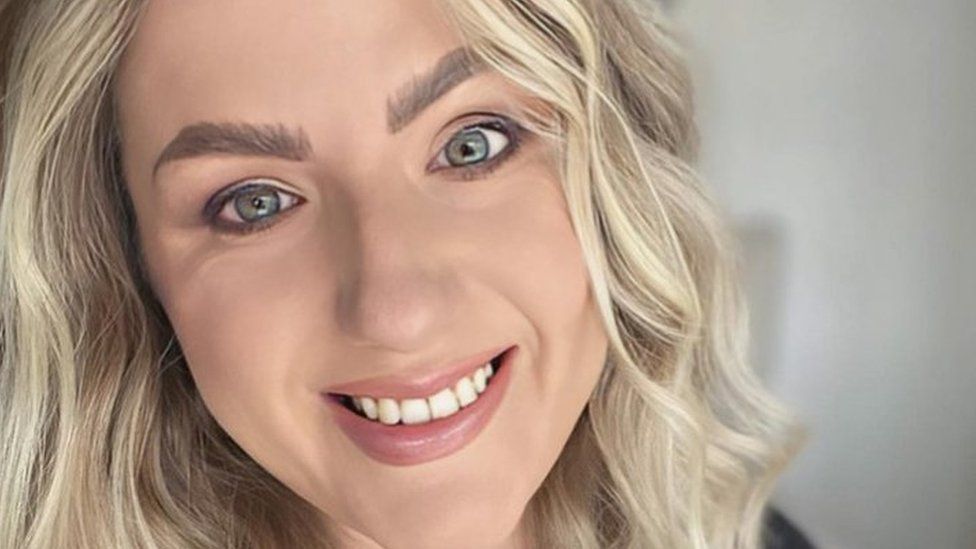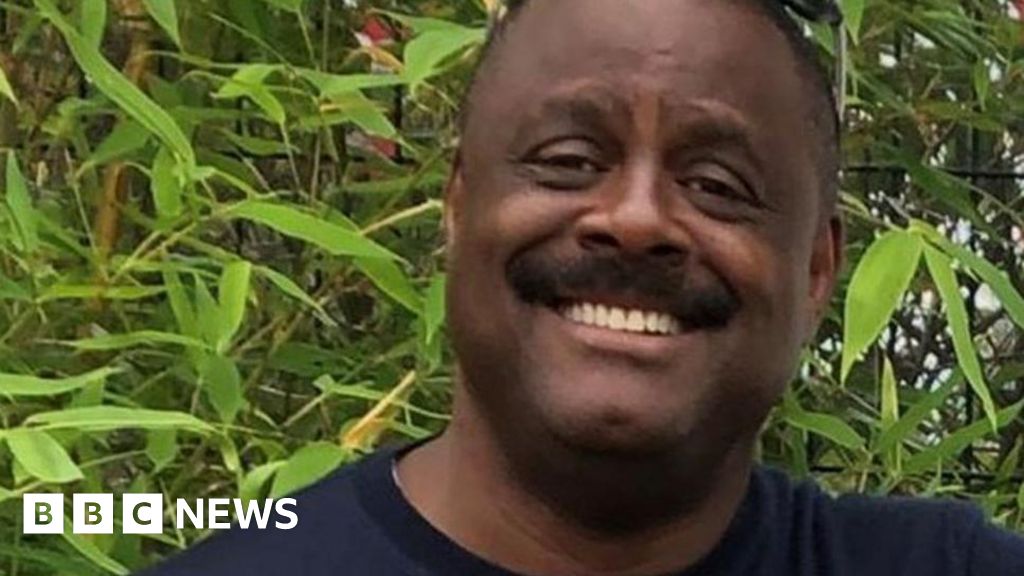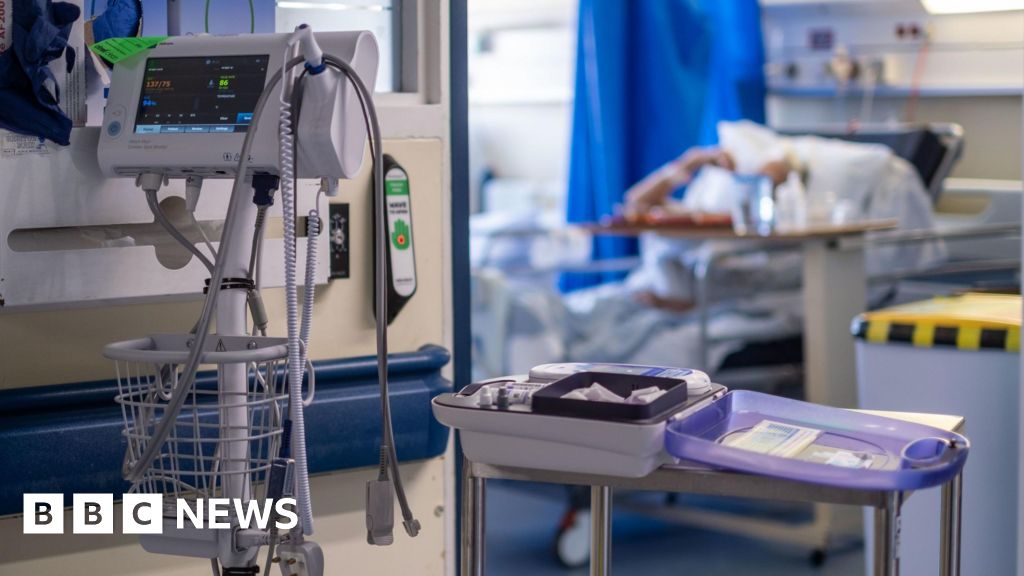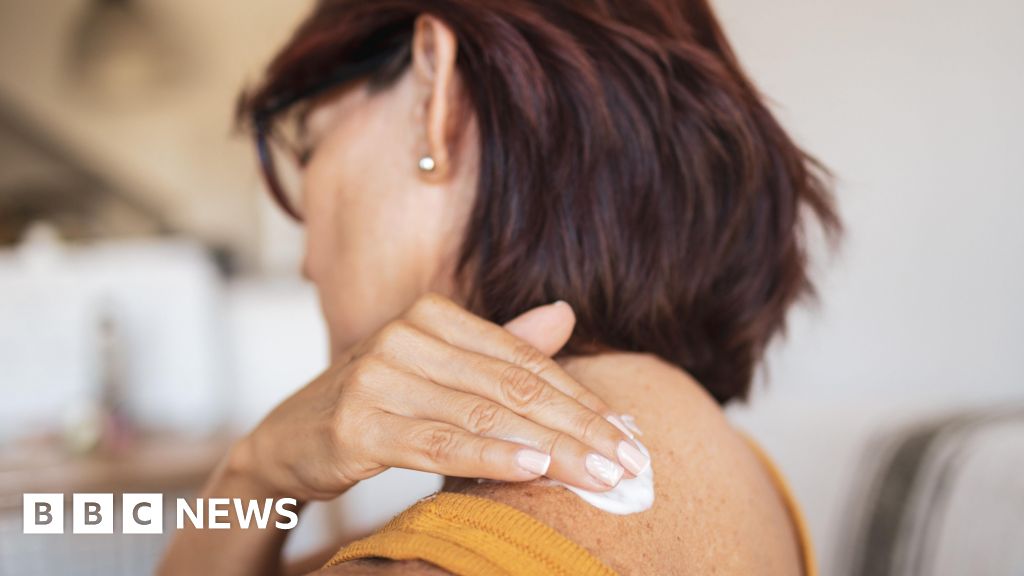ARTICLE AD BOX
 Image source, anotherdayjess
Image source, anotherdayjess
Jess Day says she was left with no lasting marks from the treatment
By Rob Sissons
Correspondent, BBC East Midlands Today
More than 1,000 breast cancer patients at a hospital in Derby have been treated under a new scheme that does not use permanent skin markings.
Tattoos are often used in radiotherapy to help ensure accuracy.
However, the Royal Derby Hospital is using a technique called Surface Guided Radiotherapy (SGRT), which does not leave permanent marks.
One patient said it had reduced the "tiny traumas" she had gone through during the illness.
The technology uses thermal cameras to map out an image of the patient's skin surface before treatment begins, so that all the radiation can be directed into the right areas.
Since July 2021, 1,200 breast cancer patients have been treated with the system and, since January 2023, around 100 patients with lung and oesophageal cancer.
Now the hospital hopes to expand the service to patients with head and neck cancer.
'A lasting thing'
One of the patients who has been treated is Jess Day, 31, from Aston-on-Trent, Derbyshire.
She was diagnosed with Stage 4 breast cancer four days before her 30th birthday.
She said she had had 15 sessions of radiotherapy and was pleased not to have had the tattoos.
"It is not an easy thing to go through," she said.
"I did not have any lasting marks. The only thing that shows me that I have had radiotherapy is that it worked and that it has killed some of the cancer.
"There are so many little, tiny traumas you go through when you are a cancer patient and to be able to have one less is good.
"Having tattoos [would be] a lasting thing I do not need on my body to remind me of cancer and that treatment."
Why are tattoos used in radiotherapy?
Image source, Cancer Research UK
Radiotherapy is the use of radiation to kill cancer cells. It is typically delivered as high-energy X-rays over a course of treatment, so involves numerous sessions.
Targeted in the right area, radiotherapy kills cancer cells. It also destroys healthy cells, but these have the ability to recover and regenerate. The radiotherapy has to be aimed at exactly the right place and that is where tattoos often come in.
Most patients will have between one and five permanent pinpoint tattoo marks made on the skin.
This is the same technique used in a conventional tattoo parlour. The reason the marks are made is to line up the radiotherapy machine and make sure the radiation targets the correct area.
There is currently no service in the NHS to remove the pinpoint tattoo marks. A few patients pay privately to have them removed.
The Royal Derby is only one of a handful of NHS hospital trusts using the technology by the firm Vision RT.
The hospital recently won an award for their collaboration from the Health Service Journal (HSJ).
Sue Marriott, the radiotherapy service manager at the Royal Derby, said: "We are so grateful we have been able to introduce the system at Derby."
Follow BBC East Midlands on Facebook, on Twitter, or on Instagram. Send your story ideas to eastmidsnews@bbc.co.uk.
Related Internet Links
The BBC is not responsible for the content of external sites.

 2 years ago
34
2 years ago
34








 English (US) ·
English (US) ·